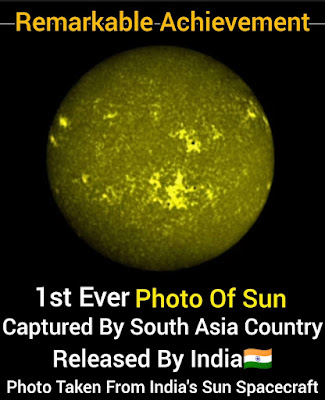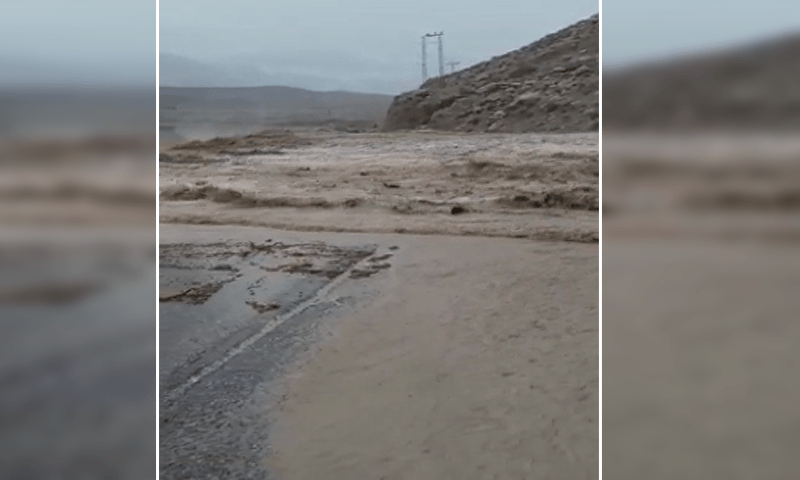Aditya L-1 captures the Sun. See first pictures taken by Indian spacecraft here
The telescope utilises eleven different filters to provide detailed observations of the Sun's atmosphere, revealing features such as sunspots, plage regions, and the quiet Sun.
- The pioneering images cover a wavelength range from 200 to 400 nanometers
- It offers unprecedented insights into the Sun's photosphere
- The telescope utilises eleven different filters to provide detailed observations of the Sun
The Solar Ultraviolet Imaging Telescope (SUIT) aboard the Indian Space Research Organization's (Isro) Aditya-L1 spacecraft has captured the first-ever full-disk images of the Sun in near ultraviolet wavelengths.
This remarkable achievement, announced on Friday, marks a significant milestone in solar observation and research.
The pioneering images, which cover a wavelength range from 200 to 400 nanometers, offer unprecedented insights into the Sun's photosphere and chromosphere — the visible "surface" of the Sun and the transparent layer just above it, respectively.



Comments
Post a Comment